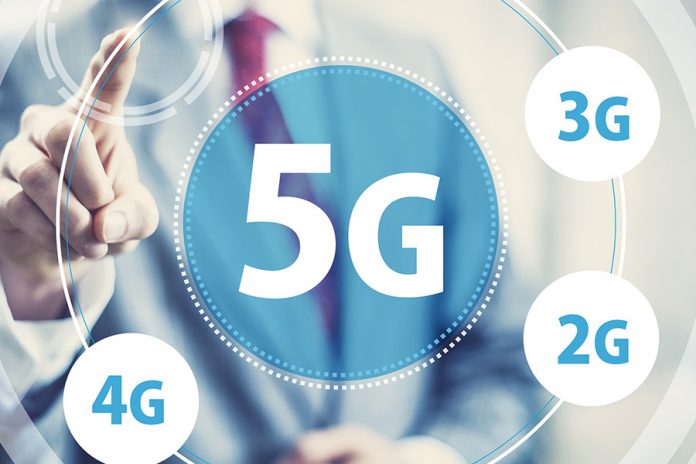All the major telecom providers have agreed on the need for an extensive modernization of their wireless infrastructure. This is a massive deal as it’s only the fourth time in history that the telcos have acknowledged this necessity.
With this acknowledgment comes the innovation and development of 5G. This is a wireless structure that aims to create a more self-sufficient industry all through the wireless usage of data for telcos worldwide. Among the main goals of 5G is to significantly boost service quality.
5G in Simple Terms
The next generation of mobile wireless connection is 5G networks. Once carried out, 5G will offer faster speeds and more solid mobile internet connectivity. Telecom providers target an average download speed of 1GBps for 5G networks. To achieve that, they must combine groundbreaking technology with the most recent analysis on wireless infrastructures.
The 5G networks can easily boost the Internet of Things, which provides the structure necessary to hold vast amounts of data all at once. This allows for a more streamlined, more brilliant and more connected online world.
Up to this date, 5G networks are still in development. But experts believe that a few of them will be launched across the globe as early as 2020. That means, in two years’ time, anyone who needs to stay connected online regardless of where they are can rely on three types of connectivity: 3G, 4G and 5G networks.
5G Provisions
The initial expenses of upgrading wireless mobile connections are huge, to say the least. The buying public, time and again, has shown their intolerance for price hikes. As such, to recover those expenses, telcos decided to provide different levels of service to new customer sectors. These 5G provisions include:
- A preset wireless data connection with either gigabit per second or an improved bandwidth in dense urban places. This provision will require a plethora of relay antennas.
- Edge computing services that take processing power much closer to the focal point where sensors from remote wireless devices will be accumulated. This provision will eliminate the inactivity accrued by open, cloud-based apps.
- Video delivery solutions that will directly compete with many distributors of multichannel video programs like Comcast. This provision may mean a new delivery media for online video streams like Netflix and Hulu. It may mean competing against them too.
Mutual Benefits for Telcos and Consumers
5G networks are made up of various engineering projects that focus on communication and data center structures. To be considered successful, all these projects must collectively generate benefits for telecom companies and consumers. Virtually all these efforts are included in one or all of these categories:
- Spectral Performance
Creating more optimum use of various frequencies to higher bandwidths can be expanded over broader distances from focal stations.
- Energy Efficiency
Using any kind of technological gains that exists for both servers and receivers to significantly minimize cooling expenses.
- Usage
Having supplemental revenue-generating services like hosting mobile applications in place to cover the huge communications structure overhaul that 5G needs
Retailers and consumers alike are excited about 5G networks. Some stores that sell laptop units and accessories are already pitching it to their buyers. Barring any drastic complications, mobile connectivity will benefit from 5G networks sooner than we think.










